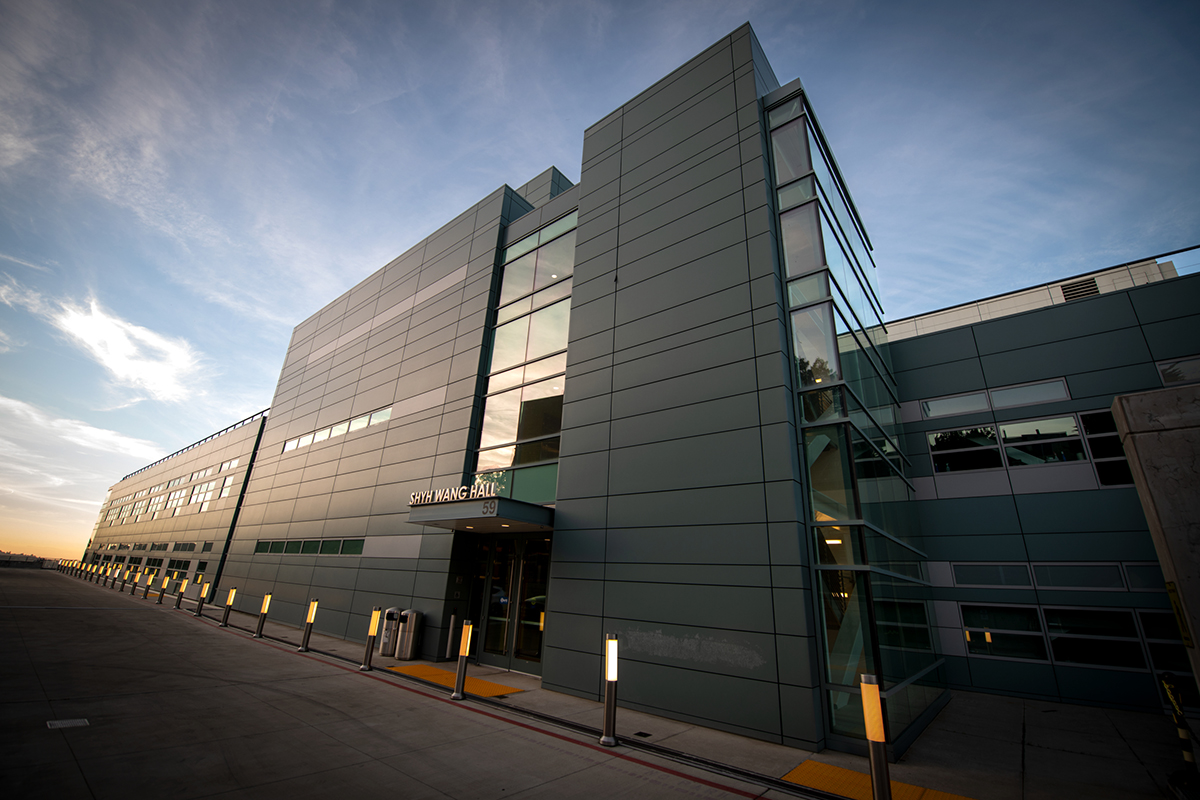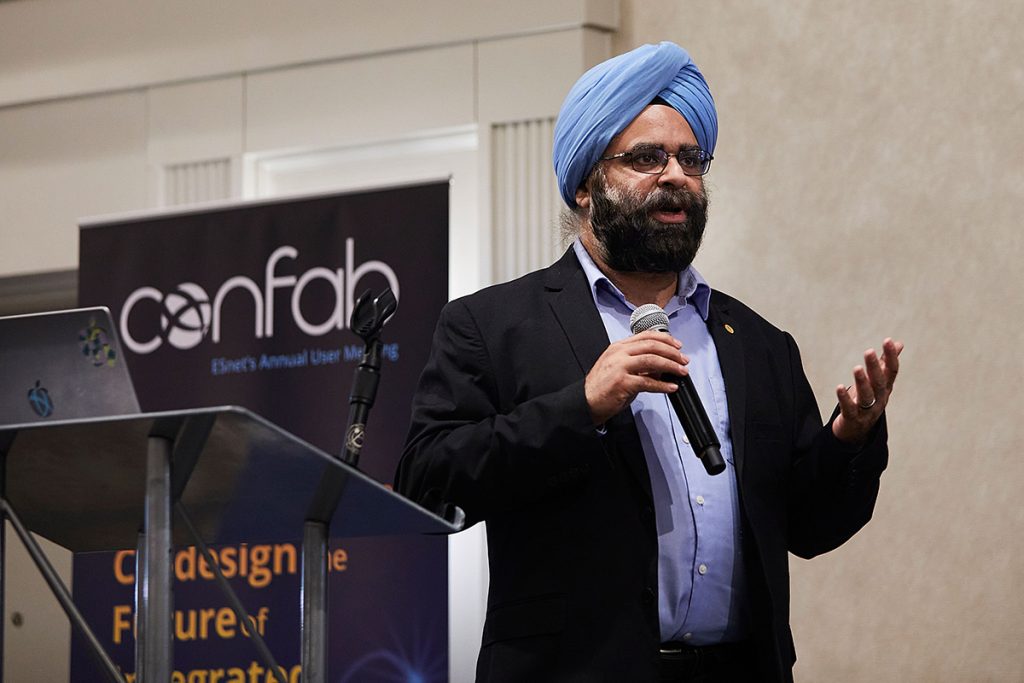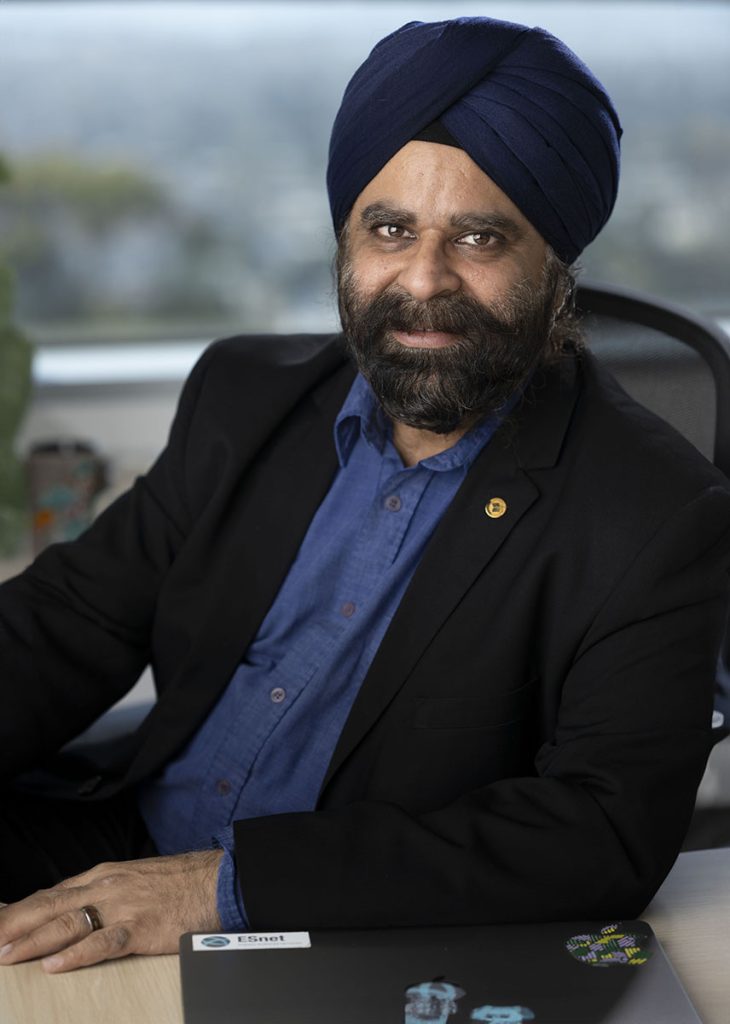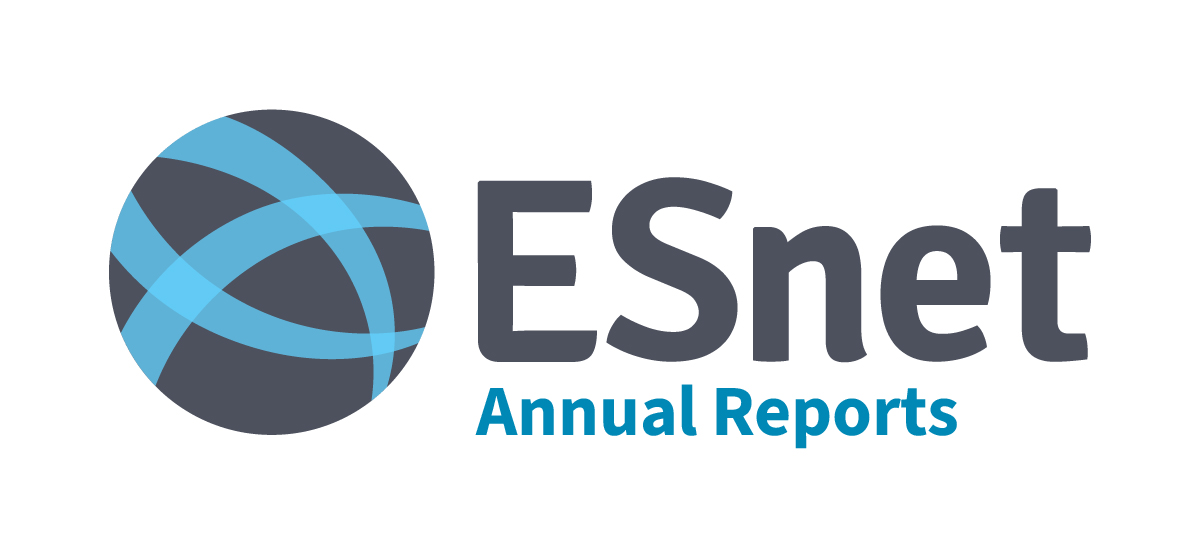
After running a marathon, one is usually expected to rest. ESnet has instead tried to keep up a steady pace, so as not to fall behind. .
To recap: In mid-2022, we completed ESnet6, the next generation of our high-performance network and a six-year project, ahead of schedule and under budget. We celebrated this accomplishment with a grand launch in October 2022 that was paired with ESnet’s first-ever science user meeting, Confab.
Then, starting in January 2023, we just kept working toward our mission: to enable and accelerate scientific discovery by delivering unparalleled network infrastructure, capabilities, and tools. The year was jam-packed with efforts to make the most of ESnet6’s innovative new design in terms of resiliency, speed, scale, the integration of different scientific workflows, and other improvements. This annual report — our second — documents 2023’s highlights.
Strengthening Our Team Culture
Following this marathon, ESnet assessed what we most needed to recover. Our Culture & Engagement Committee worked with Berkeley Lab’s Chief Culture Officer to conduct a rigorous, comprehensive survey. The resulting data has inspired us to revamp our recognition programs, launch a successful, all-staff effort to define our organization’s core values, improve inter-team communication, offer leadership training, and more.
Culture & Engagement at ESnet is a program, not a project. Programs have no end dates, while projects do — and we know that achieving a strong, resilient culture requires a multi-year, consistent effort.
Upgrading Our Foundations
We continued to build on and enhance ESnet6’s infrastructure: hollow-core architecture, orchestration and automation, capacity upgrades to sites, and improving site resiliency and network security. In addition, we reached a significant milestone in our long-term trans-Atlantic strategy, signing an agreement for 25% of the spectrum of a fiber pair stretching across the Atlantic that will enable us to add 3 to 5 Tbps of capacity.

Fostering Innovation
Like culture, “innovation” cannot be a top-down effort. It requires nurturing and encouragement across an organization. At ESnet, innovation encompasses operations in multiple areas as well as in our applied research, including building and operating testbeds to enable innovation by others in our wider community.
For the past year, many of our efforts in this area have been focused on the long-term goal of enabling ASCR’s vision of an Integrated Research Infrastructure (IRI) to enable and automate multi-facility scientific workflows, which will include creation of a data-focused scientific infrastructure and a future project called the High Performance Data Facility (HPDF). The success of both IRI and HPDF are necessary if scientific discovery across the DOE ecosystem is to flourish — and ESnet is proud to be a key ingredient in both initiatives.
For example, the ESnet-JLab FPGA Accelerated Transport (EJFAT) prototype, a real-time load balancer for streaming instrument data that we created in collaboration with Thomas Jefferson National Accelerator Facility, has successfully streamed data from a detector to a remote computing site in real time. This is critical for successfully executing IRI-style Time Sensitive workflows.
We continued to build out and operate the National Science Foundation-funded FABRIC testbed with our co-PIs as well as lead an ASCR-funded quantum networking testbed at Berkeley Lab. Both of these testbeds will inform future network architectures, as will the AI/ML techniques we are testing to analyze the datasets captured by ESnet’s High Touch project.
ESnet is working with multiple research partners to explore how advanced wireless technology can support the remote field research taking place across America, in which thousands of sensors in remote areas are collecting vital data far from reliable networks of any kind.
Driving Co-Design
As data continues to play a bigger role in science, more and more scientists need to move either data to the compute, or bring compute to the data. No matter which approach is taken, today’s science workflows must fully leverage the network’s capabilities in order to succeed. ESnet’s co-design approach seeks to enable effective collaborations with scientists by making ESnet’s network expertise — from just simple consulting to actually building network solutions that will help meet their research objectives — readily available to them.
In 2023, we celebrated co-design successes including:
- An IRI-focused Confab23, bringing scientists, networkers, high-performance computing engineers, and program managers together to share science and infrastructure innovations across Office of Science programs.
- A collaboration with the Facility for Rare Isotope Beams (FRIB) scientists to enable quicker, data-informed experimental choices.
- A multi-institutional collaborative effort in which staff from the LHC experiments and ESnet created a method using “firefly packets” to identify the higher-level semantics of the network traffic in science workflows, aiding network optimization, capacity planning, service design, and other important activities.

Looking ahead to a future that we expect to be dominated by IRI, HPDF, and AI, we continue to see ESnet’s high-performance networking and innovative services as key to the success of all three. This exciting time will require careful attention to all of our human and technological networks.
—Inder Monga
Executive Director, Energy Sciences Network (ESnet)
